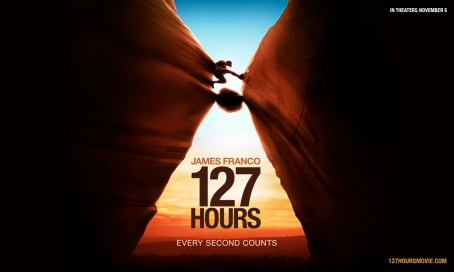In this post I am going to research a question I have thought of by using many different research methods and find out the results.
https://www.surveymonkey.com/r/9V26VFN
This is a survey that I created to be answered based on my question, ‘Do stereotypes ruin film and television’. General stereotypes of people are used quite a lot in Film and TV but is it ruining it?
There is a lot of stereotypes towards people however for this question I am going to focus on the most commonly used ones which are racial, gender and sexual orientation.
I also ask about peoples age, gender and occupation in the survey, this is because it could effect they’re opinion. If they are older they might have been brought up in a different way to someone who is younger, also depending on the occupation of this person they could have better knowledge of stereotypes and the people there aimed at.
Out of everyone who answered the survey the majority said they didn’t mind stereotypes in films. One response had a really good point, they said ‘You don’t need so much background on some characters if you can form an opinion about them by their appearance and behaviour. And it can also be handy as a plot twist when the character surprises you by being or acting differently to how you interpreted them.’
An example of this is the film ‘The Usual Suspects’, the main character has a disability which we as viewers decode at the beginning of the film as him being weak or at a disadvantage. However it turns out that is what the character was trying to do the whole time, he actually is the villain that everyone is worried about but no one expects someone with a physical disability to be bad which is stereotyping.
http://www.debate.org/opinions/is-stereotyping-wrong
This website is where people of any race, gender etc. can post they’re opinions and debate about them. The majority of people are saying stereotyping is wrong but there are some good reasons on both sides. An example of a good point on why stereotyping is good is that we use it to recognise who we would fit in with and most likely have similar interests with.
Some stereotypes are apparently ‘good’, however many people disagree with this. An example of a stereotype that is widely used in film is that ‘all Asians are smart’ although it is a positive message it is not necessarily good as it sets the bar unrealistically high and they are expected to be smart and if they aren’t then it might make them feel bad about themselves.
Overall I found based on my research that it all depends on the genre of film, some genres you can get away with it as using a mild stereotype accentuates the character but some for example a true drama would be offensive which ruins the whole film.



